Robocop is a remake for which I have naive optimism. There are many beneficial qualities to well-done remakes. The qualities that remakes give are 1) allowing a younger audience to meet great characters, 2) potentially explore areas previously ignored and 3) taking the original vision of a story to even greater lengths and farther reaching audiences. I believe Robocop has potential to do exactly this.
The original film, you can see the trailer here Robocop 1987 Trailer, used a mix of over the top violence, dark humor, and philosophical and political subtext to achieve a higher minded action film. It critiqued an American culture that glorified violence and made a statement about government verses business control. Some have argued that this movie is fine as it is and the message still applies to audiences today. This may be true. However, I feel the packaging of violent gore and dark sense of humor causes younger audiences to miss the message and questions this film is trying to ask. It can seem at times as though the film wants to be philosophical but it doesn’t want to take the issues it raises seriously.
Now the remake, you may watch its trailer here Robocop 2014 Trailer, is obviously asking many of the same questions. Who has the right to control the public? What makes you human? Why is America constantly making choices different from every other country in the world? The film hopes to accomplish this goal by exploring a more human, personal, and realistic lead character. This film wants to start with the questions about what it means to be human that the original franchise didn’t start to explore until the second and third films. I also believe the PG-13 rating shows growth in America’s culture. We no longer need R-rated shock violence to get the point of this type of smart film across.
As the screenwriter and director have very few credits to their names, none of which I have seen, I can gain no hope from their previous forays into film. Yet, the actors attached to the project have done many similar works that were both intelligent and well executed. From Gary Oldman having been in The Dark Knight Trilogy, to Jackie Earl Haley’s portrayal of Rorschach in Watchmen, to Michael Keaton in the Tim Burton Batman films to Samuel L. Jackson’s parts in Pulp Fiction, Do The Right Thing and playing Nick Fury in the Marvel movieverse this cast is intelligent and knows how to pick their roles. I believe with the skill of this cast and respect of the source material we can have a remake that just may outshine its predecessor.

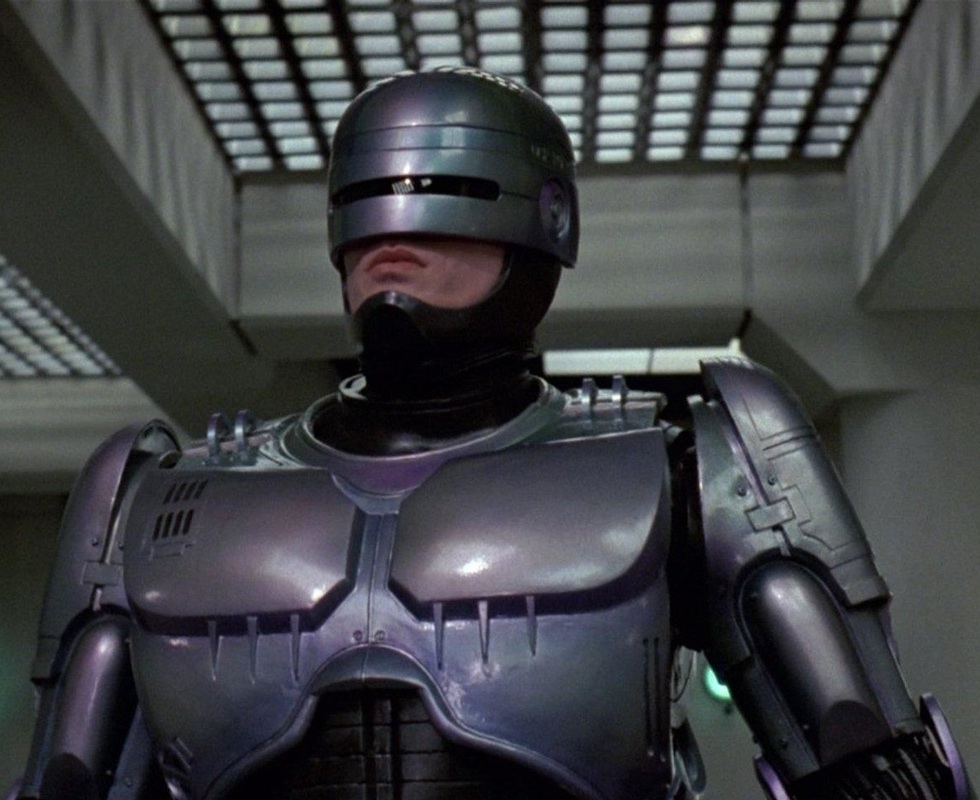


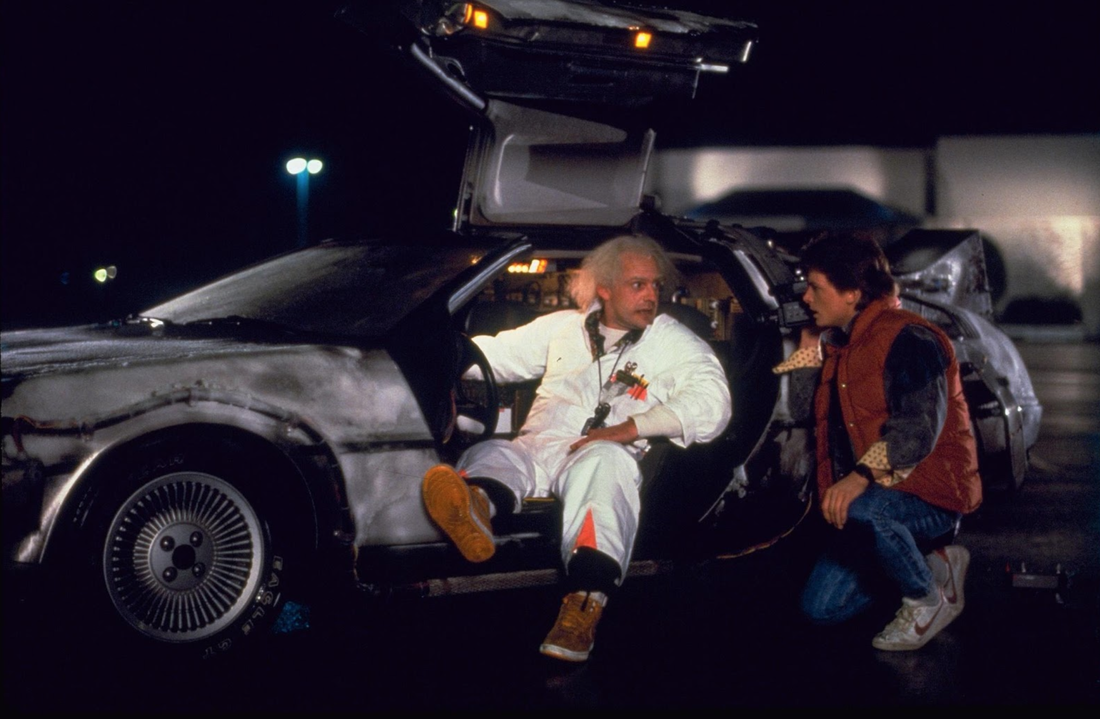

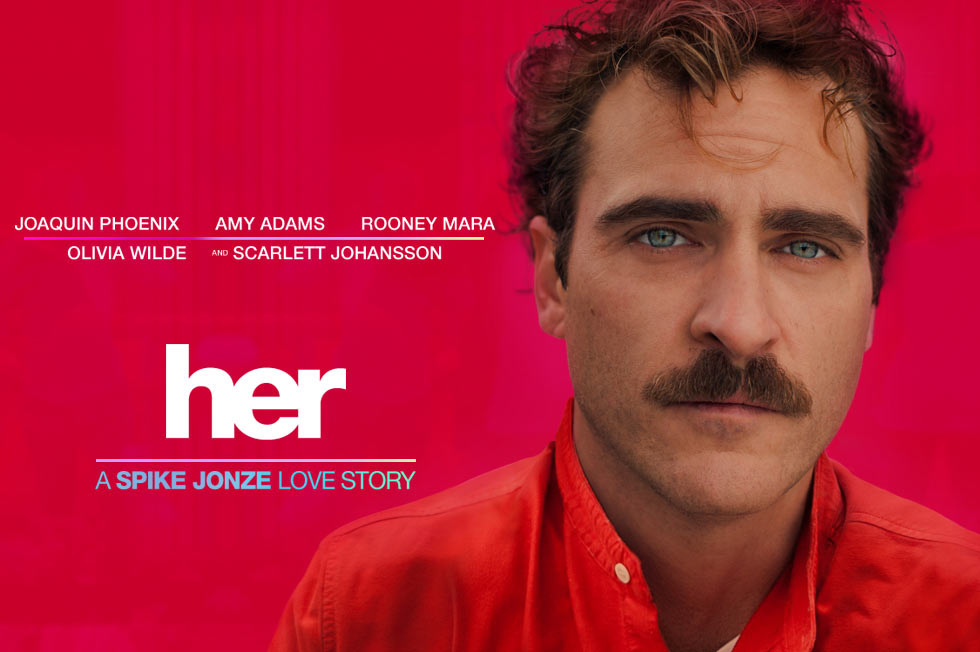
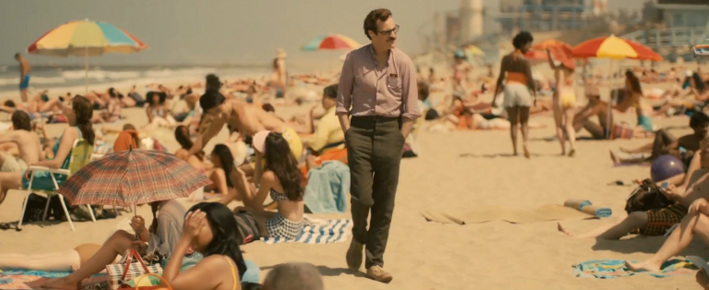
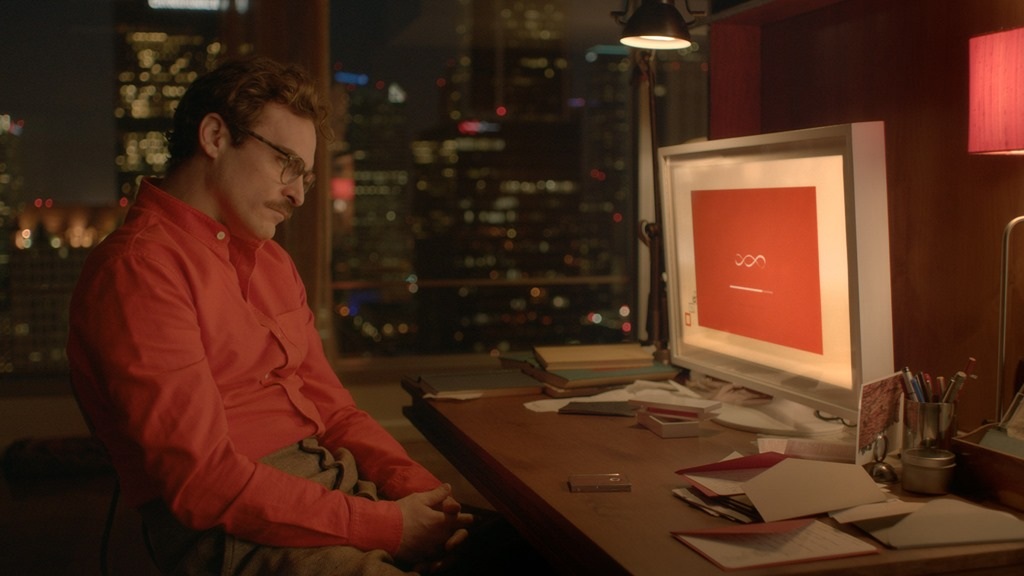
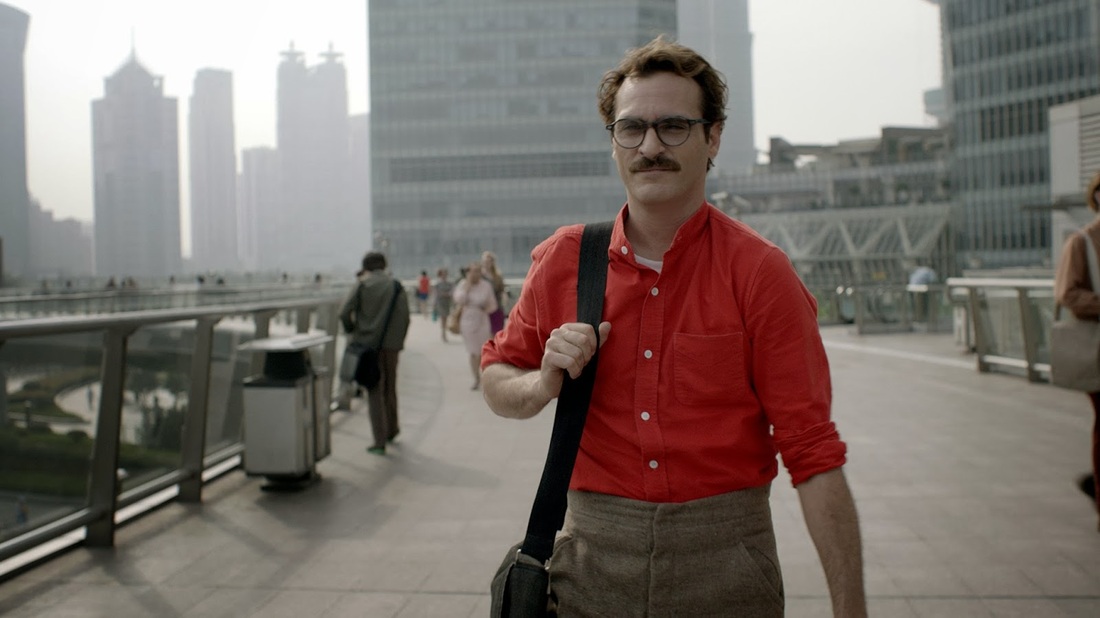
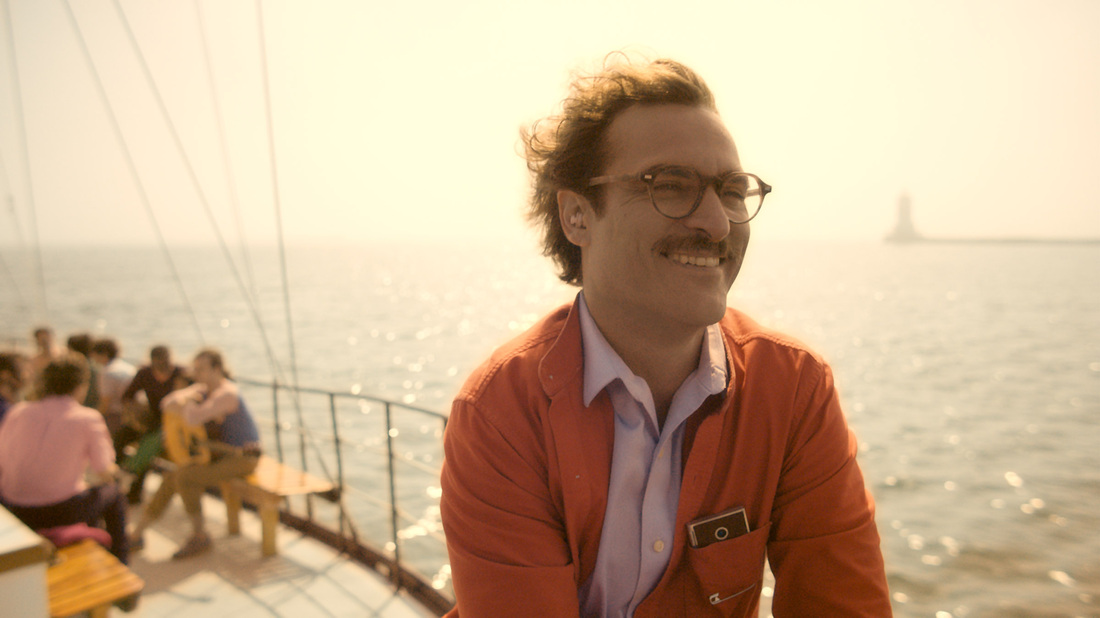



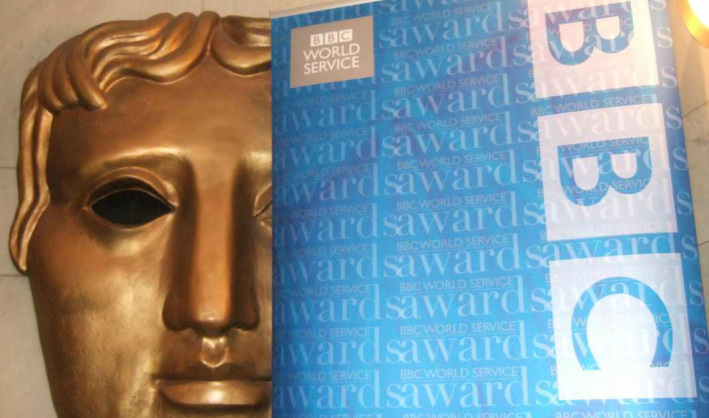
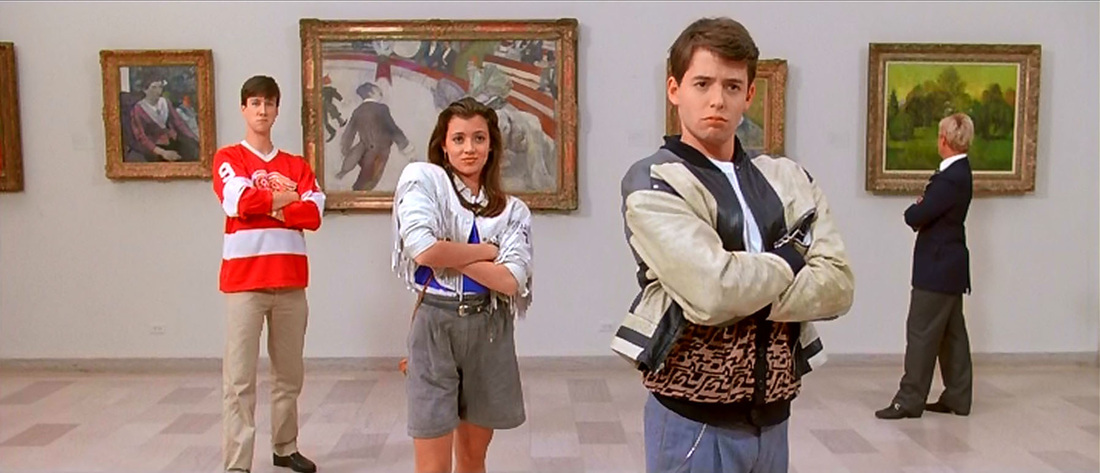
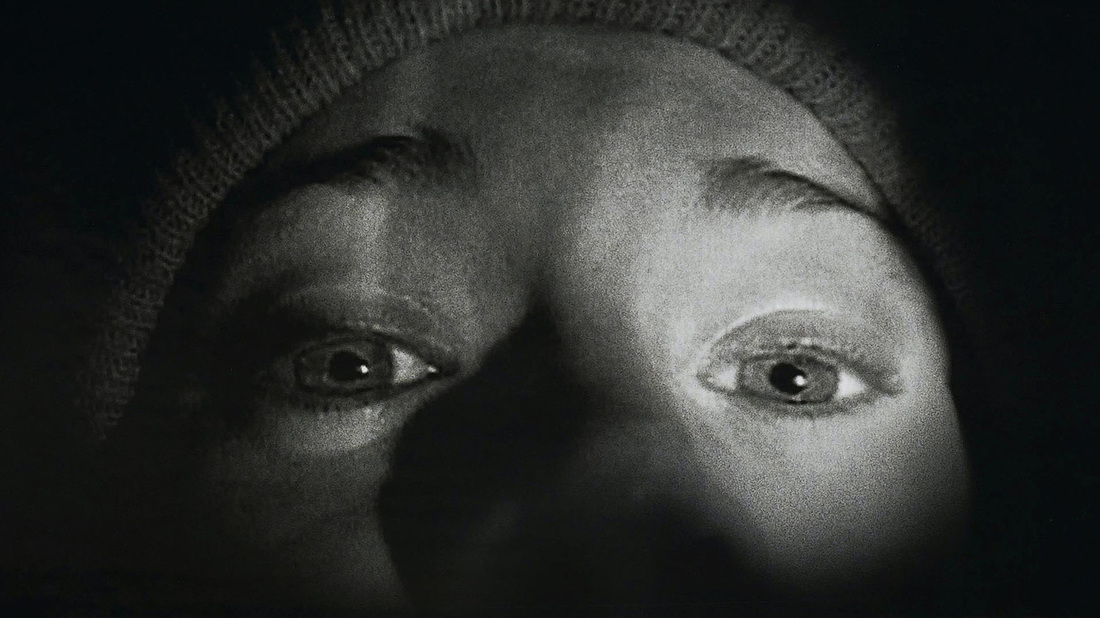
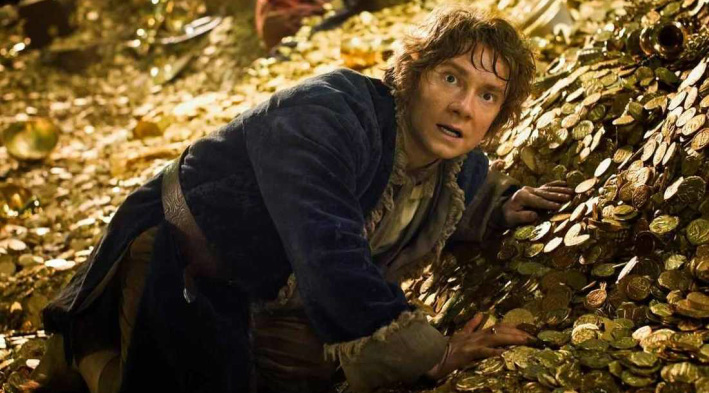



 RSS Feed
RSS Feed
